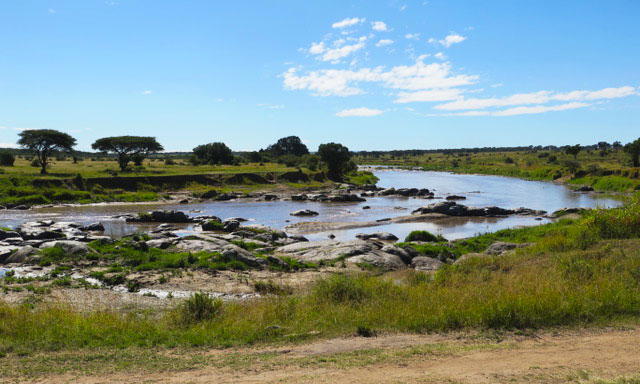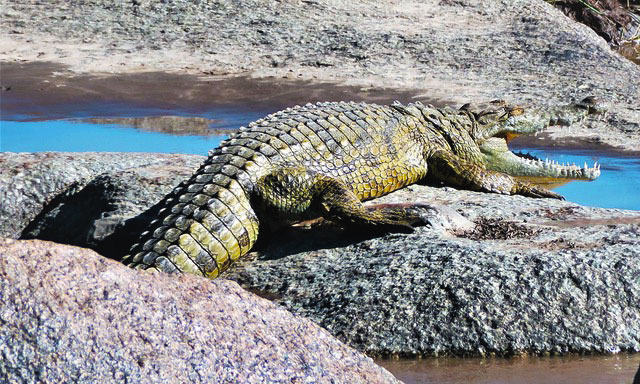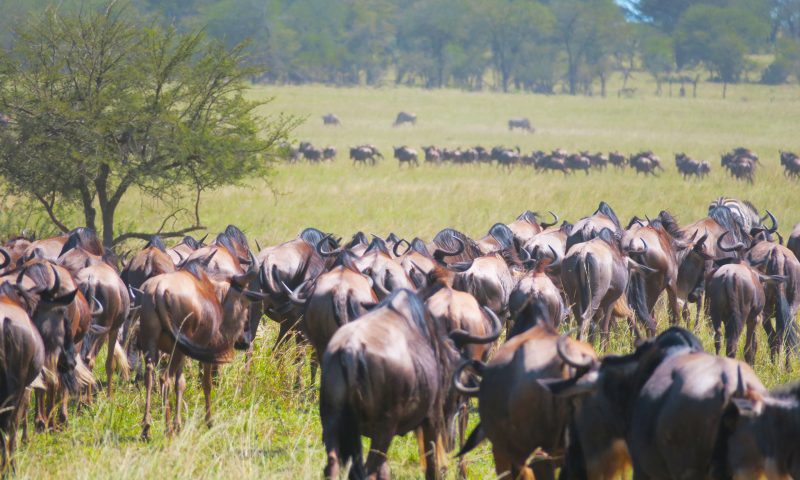The cycle of life in an incredible and ferocious circle of thousands of animals
What drives hundreds of thousands of herbivores and predators to travel for 800 km on an endless journey through these boundless lands of Tanzania? The rain, that is fresh pastures and water. In this roundabout generates one of the most incredible and exciting shows to see in nature. The direction of the great migration is entrusted to the infallible ability of the wildebeest to follow the clouds and smell the rains that transform the dry plains of the Serengeti in pastures with tender buds. The herds proceed, sometimes running, sometimes slowly, in this eternal motion back and forth, following at the end always the same path clockwise and circular: they roam from south to north and then south again in the Serengeti National Park and the neighbouring Masai Mara Park in Kenya. Everything happens facing great dangers, the greatest of all the crossing of the two rivers Grumeti and Mara where there are real massacres. Not only crocodiles, but also lions, leopards, cheetahs, hyenas attack the life of the intrepid wildebeest, and of the zebras in their wake, and of all the other animals, such as the gazelles and the impalas, which, even if not carrying out the migration, gather around the moving herds. Exhausted also the pastures to the north, zebras and wildebeest survivors, always numerous, they descend southwards and towards the rains that are abundant in the southernmost areas of the Serengeti, passing through the northeast zone.
This is the moment of the reproduction with the birth of almost half a million new gnu cubs. The end of migration coincides with a new beginning where the new levers will perpetuate without end the eternal cycle where life and death meet.
Our tours will accompany you, especially in the period from June to October, to wait with increasing trepidation and live the highlight: the great scene of the passage of the Mara River where hungry crocodiles attack the existence of thousands of wildebeest and zebras, In a whirlwind of water and splashes, they attempt to land on the opposite bank of the river. But those who are saved from these ferocious attacks are not said to survive for long (we will also follow this second moment of the crossing) because even a small difficulty in following the herd can trigger the ruthless laws of nature.
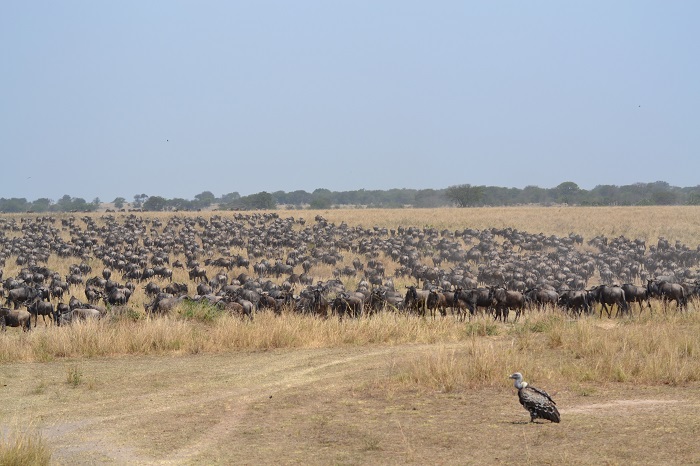
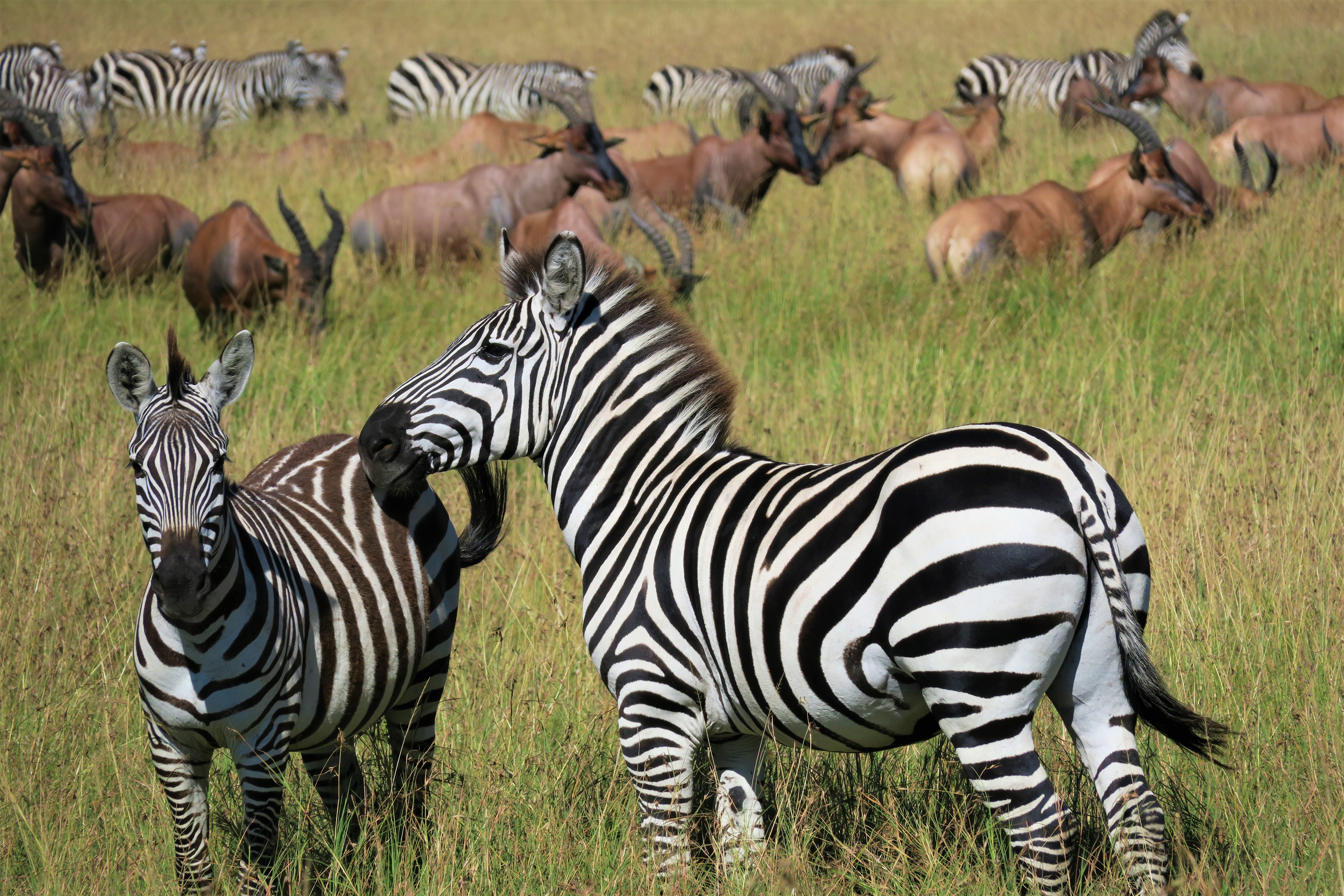
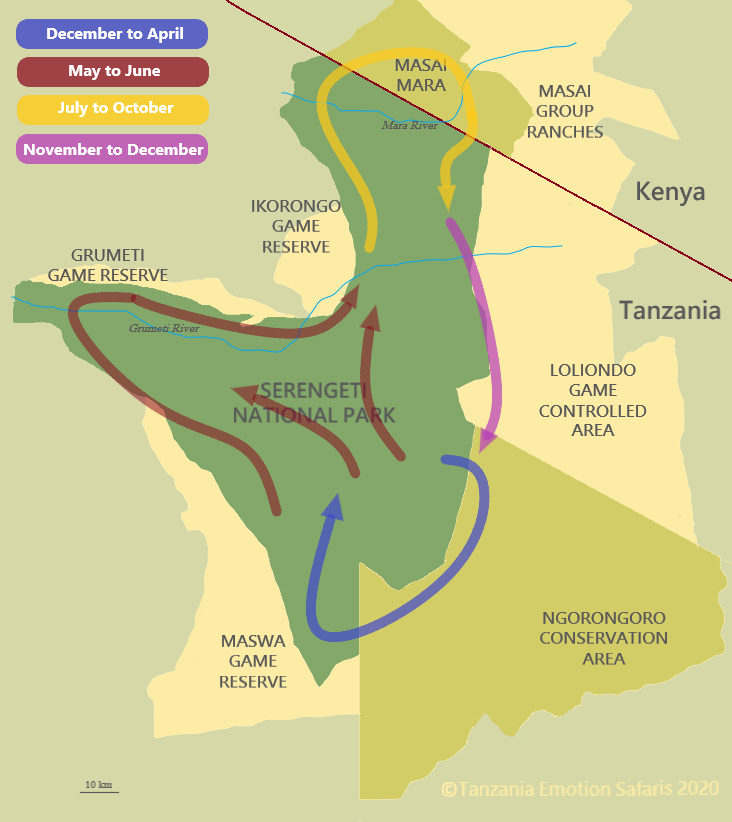
Times and places of the great migration
The great migration follows a natural rhythm influenced by the course of the seasons and the rains. The scan per month is indicative; fields and safaris move adapting to the actual migratory movements.
From December to April – Looking for regular rains, the wildebeests move towards the Ngorongoro and the Serengeti South, waiting for the weaning of the cubs, which will face the long journey of 800 km after a year will bring them back to the starting point. After weaning, in April, the herds begin to move from south to north to begin the migration, reaching the central area of the park, the Seronera. Initially they move in a chaotic way and then compose long lines, sometimes interrupted by the territorial fights of the males.
From May to June – In May, with the beginning of the dry season, the wildebeest, ordered in long columns, continue their journey towards the Western Corridor, leaving the central area of Seronera and dividing on two branches: one northwards towards the Grumeti River, The other westbound to the Kirawira River. Other herbivores such as Grant’s gazelles are added to the trail, followed by predators. Once reached the western Serengeti, towards the Grumeti, the herds divide again: most cross the ford of the river infested by crocodiles, while others give up. At the end of June the scattered herds still separate into two different routes: one towards the northern corridor north of Seronera and the other that will cross the Seronera towards the Serengeti Mara.
From July to October– The groups of herbivores arrive at the Serengeti Mara where they carry out continuous and repeated fords of the river passing between Tanzania and Kenya in search of the greenest grass.
From November to Dicember – When the small rains begin to green the pastures of the central and southern Serengeti, the ungulates move in scattered way to return to the starting point.
Discover also the parks of Tanzania and our proposals of Safari Emotion
Contact us for more information

